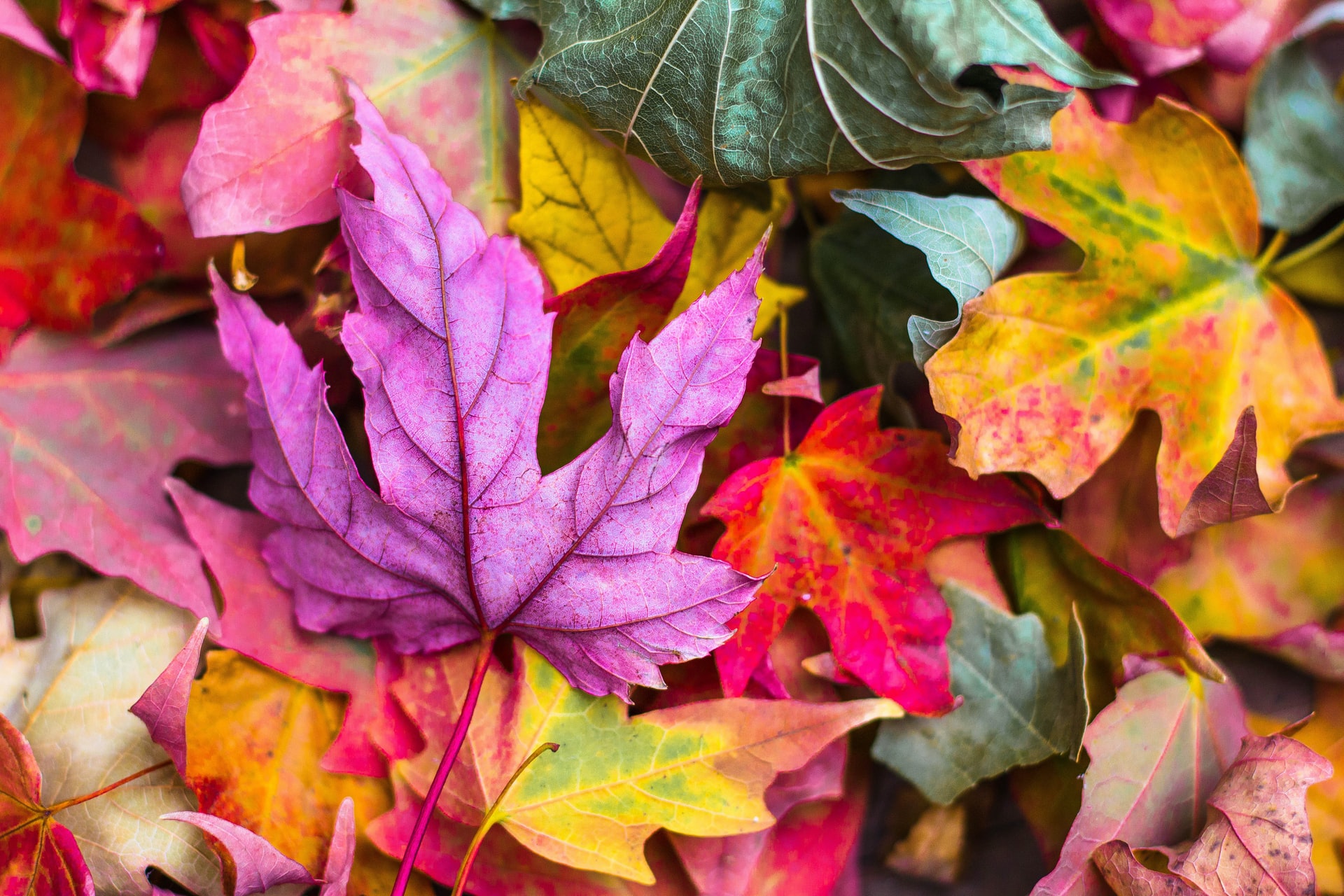How tall are you in leaves?
Resource
An activity that can be used as an example of making non-standard measurements and illustrate the importance of using standard measurements.
There has always been a close link between plants and mathematics. The simple counting of petals can reveal the number sequence that was identified by Fibonacci: lilies have 3 petals, buttercups 5, delphiniums 8 and ragwort 13 onto michaelmas daisies and sunflowers with 34, or even 55 petals. Similar patterns can be seen in seed heads (sunflowers) and tree branches.
The National Numeracy Strategy framework for teaching mathematics identifies “the need to look for opportunities for drawing mathematical experiences out of a wide range of children’s activities”. As an example it cites the growth of a plant and acknowledges that almost every scientific investigation or experiment is likely to require a mathematical skill. It also states that “… better numeracy standards occur … where teaching … links mathematics and other subjects”. Its importance has been discussed by Hughes (2000), and the link between numeracy and plant science has been explored by Braund (2000),
So does applying maths to novel or authentic (reference) situations enhance the pupil’s understanding? Perhaps the incorporation of plant material in numeracy lessons will address the issue of application and maybe help children to solve number problems in a variety of contexts. It could also be a way of introducing pupils to plants and plant science. Examples of opportunities include graphical terminology (median, mode, range) that can be introduced while making a prickly pictogram from holly leaves when investigating the spines on leaves. Another idea would be to make daily recordings of the growth of a fast plant (rapid cycling brassicas).